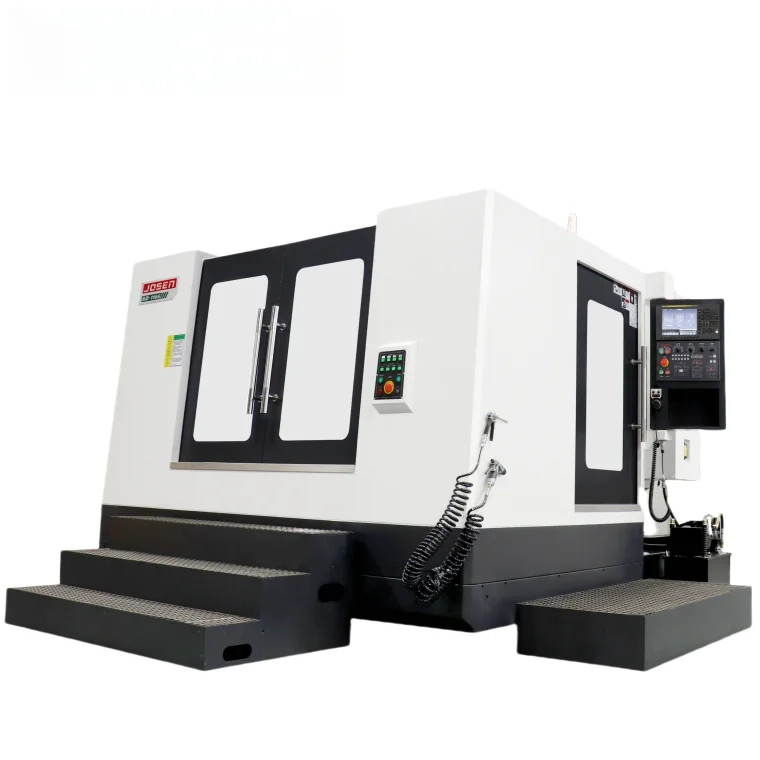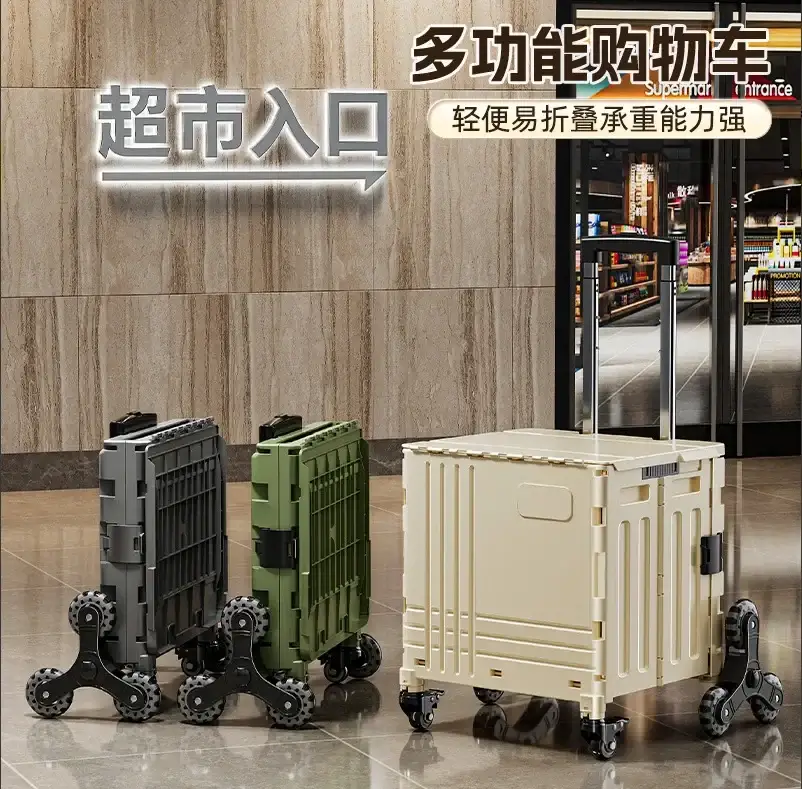In an era where smart technology is becoming increasingly integrated into our daily lives, motion sensors have emerged as pivotal components in enhancing security, automating lighting, and improving energy efficiency. However, a common question arises: Which motion sensor works in the dark? This inquiry is particularly relevant for homeowners and businesses looking to optimize their security systems or automate their lighting solutions. In this article, we will delve into the various types of motion sensors that function effectively in low-light or no-light conditions, their underlying technologies, and practical applications.
Understanding Motion Sensors
Before we explore the specific types of motion sensors that work in the dark, it is essential to understand the basic categories of motion detection technology:
- Passive Infrared (PIR) Sensors: These sensors detect infrared radiation emitted by objects, primarily warm bodies. PIR sensors are highly effective in detecting motion in well-lit environments but can struggle in complete darkness if the temperature differential is minimal.
- Ultrasonic Sensors: Utilizing sound waves, ultrasonic sensors emit high-frequency sound pulses and measure the time it takes for the echoes to return. They can detect motion in complete darkness, making them suitable for various applications.
- Microwave Sensors: Similar to ultrasonic sensors, microwave sensors emit microwave signals and analyze the reflected waves. They can penetrate obstacles and are effective in detecting motion in dark environments.
- Dual-Technology Sensors: Combining PIR and microwave technologies, dual-technology sensors offer enhanced reliability by reducing false alarms while maintaining functionality in low-light conditions.
Motion Sensors That Excel in the Dark
- Ultrasonic Motion Sensors
Ultrasonic motion sensors are particularly advantageous in dark environments. They operate by emitting ultrasonic sound waves that are inaudible to humans. When these sound waves encounter an object, they bounce back to the sensor, allowing it to detect movement. Their ability to function in complete darkness makes them ideal for applications such as:
- Indoor Security Systems: Ultrasonic sensors can be installed in homes or businesses to monitor movement in areas where visibility is limited, such as basements or storage rooms.
- Automated Lighting: These sensors can trigger lights in hallways or staircases when someone approaches, ensuring safety in dark areas.
- Microwave Motion Sensors
Microwave sensors are another excellent choice for dark environments. They emit microwave signals that can penetrate walls and other obstacles, providing a broader detection range. Their advantages include:
- Longer Detection Range: Microwave sensors can detect motion over greater distances compared to PIR sensors, making them suitable for large outdoor areas.
- Versatility: They can be used in various applications, including outdoor security lighting, parking lot monitoring, and even in smart home systems.
- Dual-Technology Motion Sensors
For those seeking a balance between reliability and functionality, dual-technology motion sensors are an optimal choice. By combining PIR and microwave technologies, these sensors can effectively minimize false alarms while ensuring accurate motion detection in the dark. Their applications include:
- Commercial Security Systems: Ideal for businesses that require robust security measures, dual-technology sensors can help prevent unauthorized access while functioning effectively in low-light conditions.
- Smart Home Automation: These sensors can be integrated into smart home systems to control lighting and security features, enhancing convenience and safety.
Practical Considerations for Choosing Motion Sensors
When selecting a motion sensor that works in the dark, several factors should be considered:
- Environment: Assess the specific environment where the sensor will be installed. Indoor settings may benefit from ultrasonic sensors, while outdoor areas may require microwave or dual-technology sensors.
- Detection Range: Consider the range of detection needed for your application. Larger areas may necessitate sensors with extended detection capabilities.
- Integration with Existing Systems: Ensure that the chosen motion sensor can seamlessly integrate with your current security or automation systems.
- Sensitivity Settings: Look for sensors that offer adjustable sensitivity settings to minimize false alarms while maintaining effective detection.
Conclusion
In conclusion, the question of which motion sensor works in the dark can be answered with a variety of options, each with its unique advantages and applications. Ultrasonic and microwave sensors stand out for their ability to operate effectively in low-light conditions, while dual-technology sensors offer a reliable solution for those seeking enhanced accuracy. By understanding the specific needs of your environment and the capabilities of each sensor type, you can make an informed decision that enhances security and automation in your home or business. As technology continues to evolve, the integration of motion sensors into our daily lives will undoubtedly become more sophisticated, paving the way for smarter, safer living spaces.






+ There are no comments
Add yours